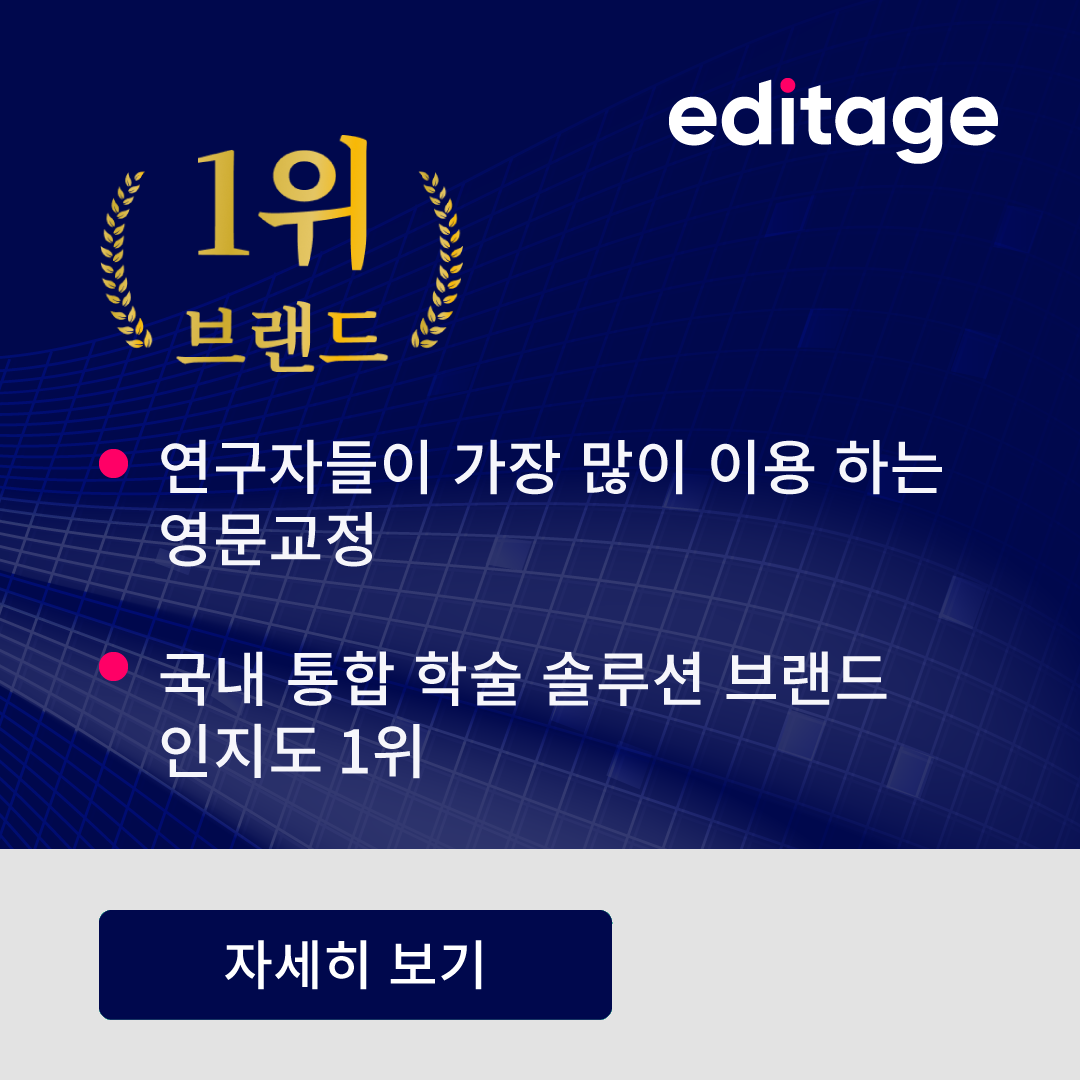There are some advantages and disadvantages to submitting many papers to a single journal. The most important advantage is that you become very familiar with that journal’s scope, submission requirements, and writing style. So you don’t have to spend too much time in trying to understand these basic aspects; you can be fairly sure that your work aptly matches the scope of the journal and can thus use your time more effectively, in the actual submission process and in responding to peer reviewer comments. Another advantage is that publishing all your work in one journal, especially a highly specialized journal, will help you quickly gain recognition in your field of study, because most researchers in the field are likely to read your entire body of work in that journal. In fact, journals often eventually invite their regular contributors to be part of their editorial boards.
One downside to publishing in just one journal is that grant and tenure committees may question your reasons for doing so. It may lead to doubts about whether you have some sort of affiliation to the journal’s editorial board or familiarity with the journal’s peer reviewers, which contributes to your consistent successful publication in that journal. More importantly, if the journal’s impact factor drops suddenly in a particular year, the quality of your entire body of work may be unduly questioned.
One of the most obvious benefits of diversifying your target journals is that it makes your work accessible to a wider range of readers. You can vary between (a) journals published by academic societies, which are mostly read by society members; (b) subscription-based journals, which are usually held by institutional libraries and read by researchers in those institutions; and (c) open access journals, whose content is freely available to even the general public. Submitting to different journals gives you the rich and challenging experience of corresponding with different editorial boards and peer reviewers. Further, showing more than one high-ranking journal on your resume could indicate a broad applicability of your research and thus boost your standing.
I understand that by now, you must have developed a certain level of comfort publishing in Stroke. Further, since Stroke is a high-quality international journal it’s likely that your papers therein are well cited, so it’s natural for you to question the need to explore other journals. Ideally, with each new manuscript, you should target the most relevant journal with a higher impact factor than that of the journal that published your last paper. For example, since you are well-published in Stroke, it would not make sense for you to try and have your next manuscript published in a considerably lesser known journal with lower impact factor just for the purpose of diversifying your target journals. But if your manuscript fits the scope of a higher-ranking journal in the field, you would definitely benefit from submitting your manuscript there.
For young researchers trying to establish themselves, it may be helpful to publish consistently in a single specialized journal, so that they gain recognition in that field. Senior researchers may want to diversify and publish in three to four of the most relevant journals. But for researchers in a very niche field, the number of relevant SCI-indexed international journals would be very small, and it would probably be fine to keep publishing in the same journal. For example, researchers specializing in feline surgery would find it appropriate to regularly publish in the Journal of Feline Medicine & Surgery.
So consider your journal selection criteria one manuscript at a time. Select the journal whose readers will find your manuscript most interesting. Publishing in prestigious open access journals will make your work more accessible to readers. Diversify your target journals if you feel this will increase the impact of your work and help you reach a wider audience.










